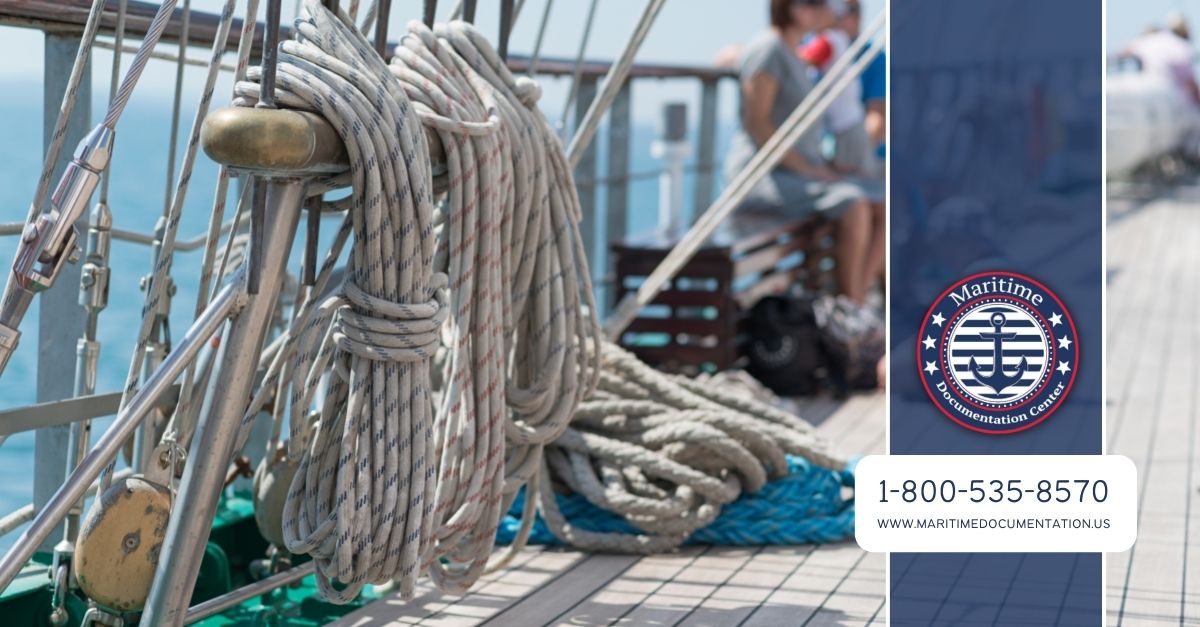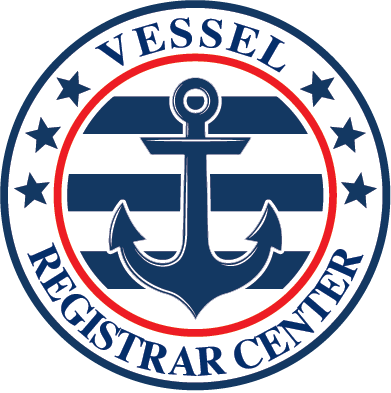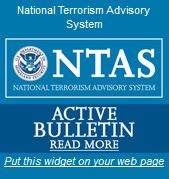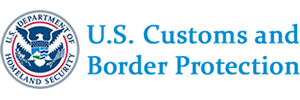If you are the owner of a vessel that comes within the jurisdiction of the United States Coast Guard (USCG), you will be required to ensure that your vessel is correctly recorded. USCG documentation is required for boats that are longer than a particular length, operate in certain waterways, or incorporate various other requirements. In reality, the United States Coast Guard (USCG) offers a variety of benefits to boats that have been properly documented and are judged suitable to navigate the waterways.
The procedure of obtaining vessel documentation is not simple, and it entails an application process and an examination of your boat. However, it is not impossible due to the efforts of seafarers who have gone ahead and recorded their boats. The paperwork provided by the USCG serves as proof that your vessel complies with certain requirements and qualifies for specific privileges. This blog article aims to describe what types of boats need USCG documentation and to provide some pointers on how to get started.

Commercial Vessels Over 16 Feet in Length
Sailing isn’t simply a recreational sport for you; it’s also your profession. Government regulations govern the transportation of persons or freight from one location to another, and you must comply with specific requirements if you want to be in business. Any commercial vessel above 16 feet long that transports six or more people must be registered with the USCG. Commercial boats are subject to several unique laws and regulations, including minimum personnel requirements, lifesaving equipment requirements, vessel tracking, piloting, automated identification systems (AIS), and other restrictions.
Passenger Vessels Carrying More Than 12 Passengers
Having as its mission to supervise and monitor the movement of passengers and vessels, the Coast Guard makes certain that all vessels carrying people adhere to a set of rules and regulations. In order to transport more than twelve passengers, whether they are a group of passengers on a school field trip or excursion or individual passengers on a ferry or charter vessel, you will need to provide proof that the United States Coast Guard has inspected your vessel and that it complies with their standards. Passenger boats transporting more than 12 people are obliged to have a certification certifying that they are seaworthy on board. The document, also known as a Certificate of Documentation or a coastal pilot’s license, validates that your vessel has completed all necessary safety inspections by the United States Coast Guard before being authorized to operate on the sea.
Towing Vessels Over 26 Feet in Length Require USCG Documentation
If a vessel over 26 feet in length works by towing a structure or other higher power, it must have USCG documentation according to state.gov. It is the responsibility of the US Coast Guard (USCG) to provide vessel paperwork in the United States, guaranteeing that the boats are safe for passage when operated under their authorized purpose. The United States Coast Guard issued the certificate for these boats after inspecting the safety equipment on board and the vessel. Vessels utilized for commercial purposes must have an extra license to operate. This is an official document issued by the United States Coast Guard and connected to the vessel. It provides information to other boats on open seas, emergency responders, and law enforcement officers. If vessels have this paperwork, they may avoid fines from state and federal authorities and penalties.
Uninspected Passenger Vessels
You’ve successfully launched your new tiny boat on a nearby pond, and you believe that this means you’re now free to explore the open seas. Unfortunately, you are most likely not in conformity with the United States Coast Guard (USCG). Vessels that are smaller than 26 feet in length and are not powered by the equipment may be excluded from the need to register, but they must still display a maritime flag of the United States that the USCG has authorized.
This kind of vessel also has to be capable of maintaining afloat while carrying the highest amount of weight. Boats used exclusively for purposes other than competitive speed by any means of propulsion, including kayaks, canoes, and racing shells, can be registered as uninspected passenger vessels in the United States. Other vessels that may be registered as uninspected passenger vessels include sailboards, surf skis, and similar closed-body crafts when they are used exclusively for purposes other than competitive speed by any means of propulsion.
It’s easy to fall into believing that marine paperwork is only required when transferring goods across international borders. However, as you can see, it is essential for a wide range of vessel types and serves a wide range of interests. If you have this knowledge in hand, you should be able to make an informed decision based on your requirements and preferences without stressing yourself needlessly over what you should do. You may reach the Maritime Documentation Center by phone at 800-535-8570 if you have any questions or concerns. We’re here to assist you!




